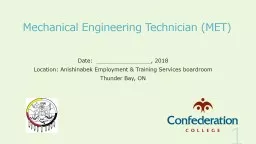PPT-Be Your Own data Mechanic
Author : kittie-lecroy | Published Date : 2018-03-23
Terry Reese reesetgmailcom Hi MarcEdit Evolution MarcEdit 1020 Main Window MarcEdit MARC Tools 1020 MarcEdit 1020 MarcEditor Today MarcEdit is used almost everywhere
Presentation Embed Code
Download Presentation
Download Presentation The PPT/PDF document "Be Your Own data Mechanic" is the property of its rightful owner. Permission is granted to download and print the materials on this website for personal, non-commercial use only, and to display it on your personal computer provided you do not modify the materials and that you retain all copyright notices contained in the materials. By downloading content from our website, you accept the terms of this agreement.
Be Your Own data Mechanic: Transcript
Download Rules Of Document
"Be Your Own data Mechanic"The content belongs to its owner. You may download and print it for personal use, without modification, and keep all copyright notices. By downloading, you agree to these terms.
Related Documents














